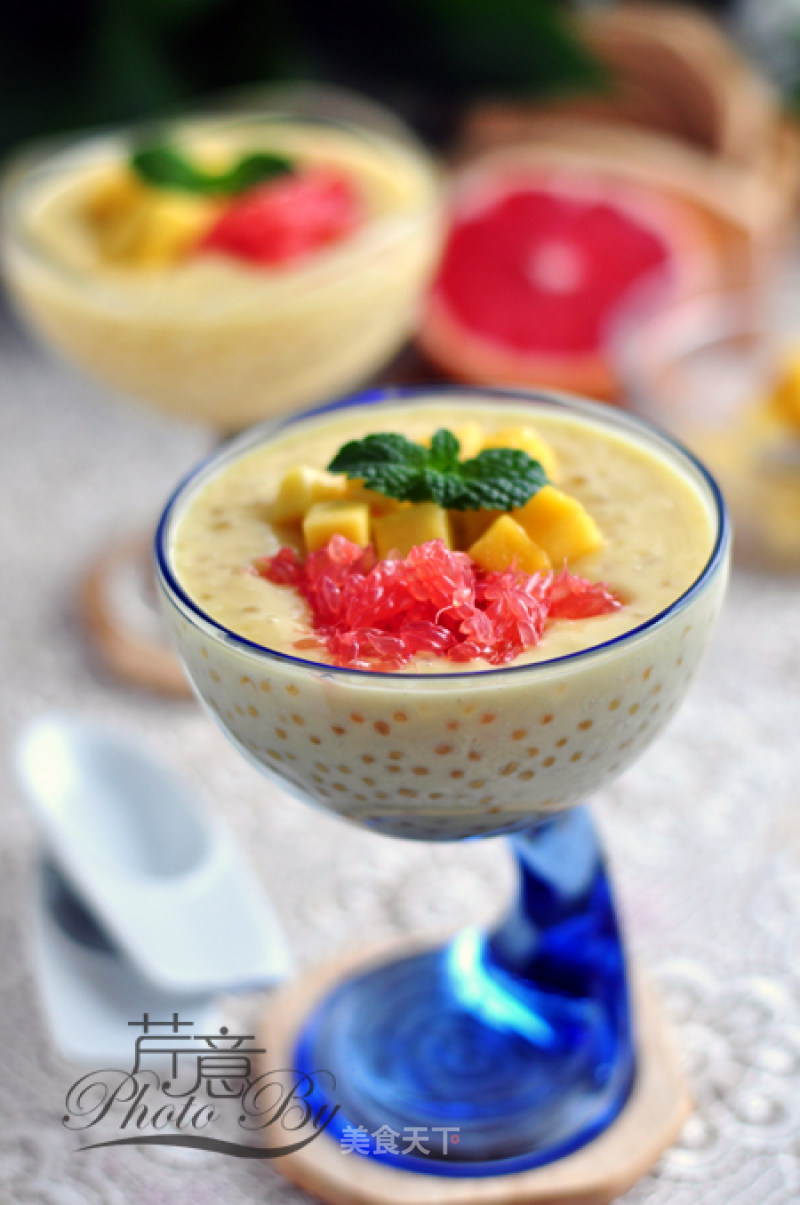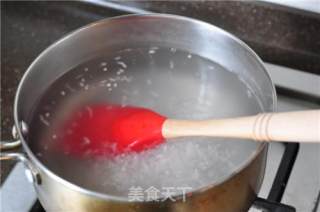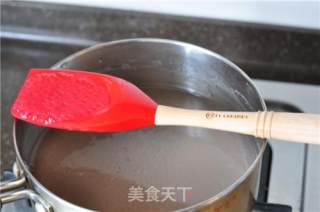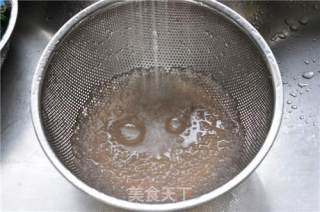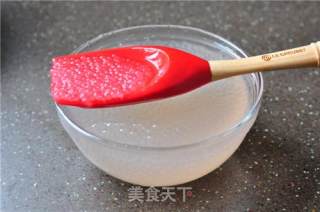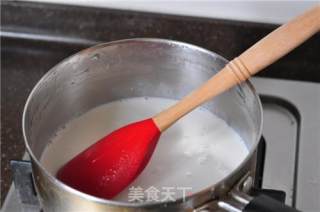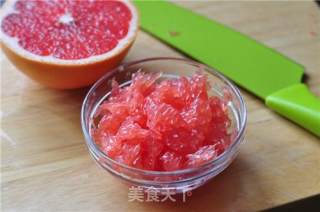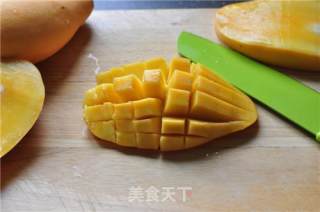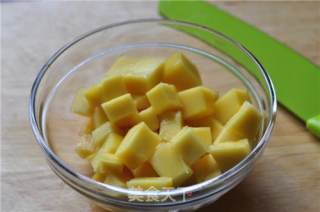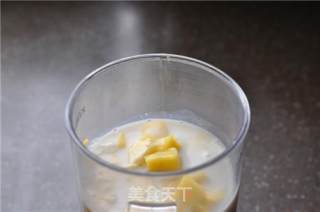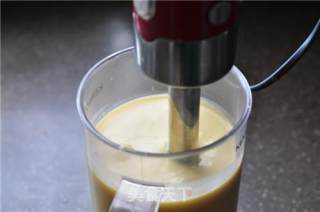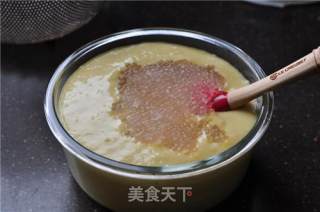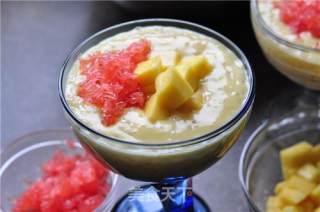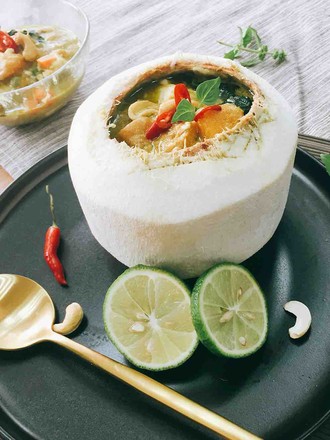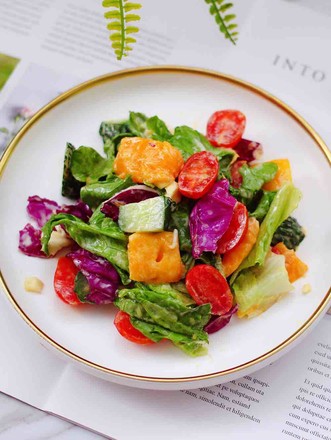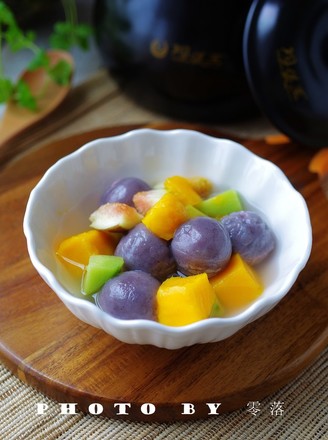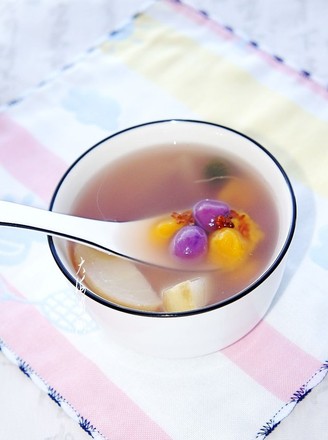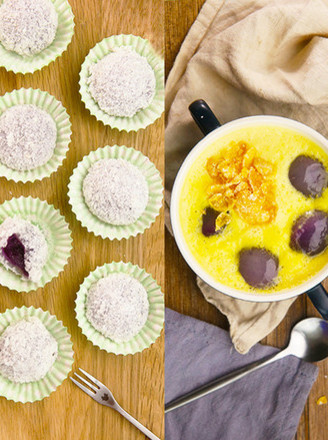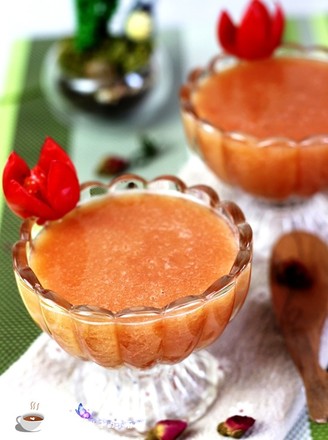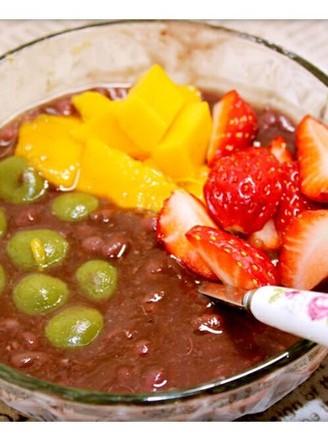Poplar Branch Nectar
by Celery
Favorite
Difficulty
Easy
Time
30m
Serving
2
Yangzhi Ganlu, the signature dessert of almost all Hong Kong-style dessert shops, has a very high "click rate".
From the name alone, it’s hard to think of its ingredients, but its artistic conception can make people think about it-the first time I saw the name on the menu, I imagined this picture: the dignified and graceful Guanyin Bodhisattva , Holding the net bottle in one hand, waving the willow branches in the other, dripping the nectar on the world-suddenly the scorching heat disappeared, and a coolness came from the heart.
On the table, the grapefruit and mango cubes are red and yellow, floating in the thick fruit pulp, and the sago grains are crystal clear; in the first mouth, the fruit pulp is sweet and mellow, the sago is smooth and smooth, and it is also mango. Sweet, grapefruit is sour and refreshing, the taste is not very sweet, but it is rich in layers, cool and refreshing, and refreshing.
When I wanted to make one by myself, to find the recipe and the method, I suddenly found that it turned out to be so simple—
1. The sago is cooked first and then simmered, rinsed in water and iced, cooking sago turned out to be the only skill required for this dessert;
2. Take the mango flesh and remove the pit, mix it with milk or whipped cream and coconut milk to make a pulp, as long as you control the concentration of the pulp;
3. Leave some diced mangoes and peel some grapefruit diced-
Together, it is this popular, extremely classic, and refreshing Hong Kong-style dessert—"
From the name alone, it’s hard to think of its ingredients, but its artistic conception can make people think about it-the first time I saw the name on the menu, I imagined this picture: the dignified and graceful Guanyin Bodhisattva , Holding the net bottle in one hand, waving the willow branches in the other, dripping the nectar on the world-suddenly the scorching heat disappeared, and a coolness came from the heart.
On the table, the grapefruit and mango cubes are red and yellow, floating in the thick fruit pulp, and the sago grains are crystal clear; in the first mouth, the fruit pulp is sweet and mellow, the sago is smooth and smooth, and it is also mango. Sweet, grapefruit is sour and refreshing, the taste is not very sweet, but it is rich in layers, cool and refreshing, and refreshing.
When I wanted to make one by myself, to find the recipe and the method, I suddenly found that it turned out to be so simple—
1. The sago is cooked first and then simmered, rinsed in water and iced, cooking sago turned out to be the only skill required for this dessert;
2. Take the mango flesh and remove the pit, mix it with milk or whipped cream and coconut milk to make a pulp, as long as you control the concentration of the pulp;
3. Leave some diced mangoes and peel some grapefruit diced-
Together, it is this popular, extremely classic, and refreshing Hong Kong-style dessert—"

